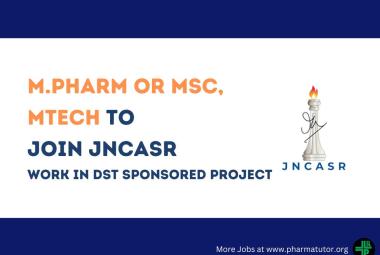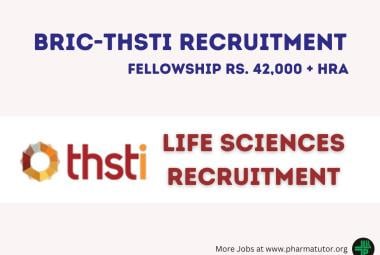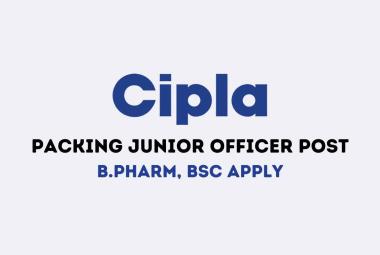The US FDA has published guidance for the pharma industry on reference listed drug standards for ANDA (abbreviated new drug application) submissions. The guidance is intended to provide information to potential applicants on how to identify a reference listed drug (RLD), reference standard, and the basis of submission for an ANDA submission.
The purpose of this guidance is to address this confusion by explaining what these terms mean and clarifying the differences between them. This guidance provides recommendations on how 41 applicants can use these terms in an ANDA, how individuals can request the FDA designation of a RLD, and how individuals can apply to the FDA for the selection of a reference standard.
The process for obtaining approval to market an innovator drug approved under a new drug application (NDA) differs from that for obtaining approval to market a generic drug under an ANDA.
For the approval of a generic drug, an ANDA applicant is not required to provide independent evidence of the safety and efficacy of the proposed generic drug. Instead, it could rely on a previously approved drug product or RLD that is safe and effective. It must demonstrate, among other things, that the proposed generic drug is the same asRLD in some ways.
If FDA has designated a listed drug as an RLD, but the potential applicant intends to refer to a different listed drug that is a pharmaceutical equivalent to the drug. If an RLD appears in the discontinued section and FDA has not yet made a determination whether the drug was withdrawn from sale for reasons of safety or effectiveness, the applicant must submit a petition under 21 CFR 10.25(a).
An ANDA applicant also must demonstrate that its proposed generic drug is bioequivalent to the RLD. If no in vivo bioequivalence studies are required for approval of the ANDA, the applicant must use the reference standard selected by FDA in such testing. An ANDA applicant must first choose an RLD. If FDA has not designated an RLD for a drug product the applicant intends to duplicate, the potential applicant may submit controlled correspondence to FDA asking it to designate an RLD for that drug product.
The RLD is the listed drug to which the ANDA applicant must show its proposed generic drug is the same with respect to active ingredient(s), dosage form, route of administration, strength, labeling, and conditions of use, among other characteristics.
The generic drug must have the same labeling as the RLD, except for differences permitted under the FD&C Act and Agency regulations. Accordingly, an ANDA applicant must compare its proposed product’s labeling to that of the RLD, even if FDA has selected a new reference standard for use in in-vivo bioequivalence studies, Similarly, in evaluating drug product formulation and inactive ingredients, an ANDA applicant must compare its proposed generic drug to the RLD’s formulation, not the formulation of the reference standard.
Once an ANDA applicant chooses the RLD on which it intends to rely, the FD&C Act and FDA regulations prohibit the applicant from amending or supplementing its ANDA to change the RLD after the ANDA has been submitted.










